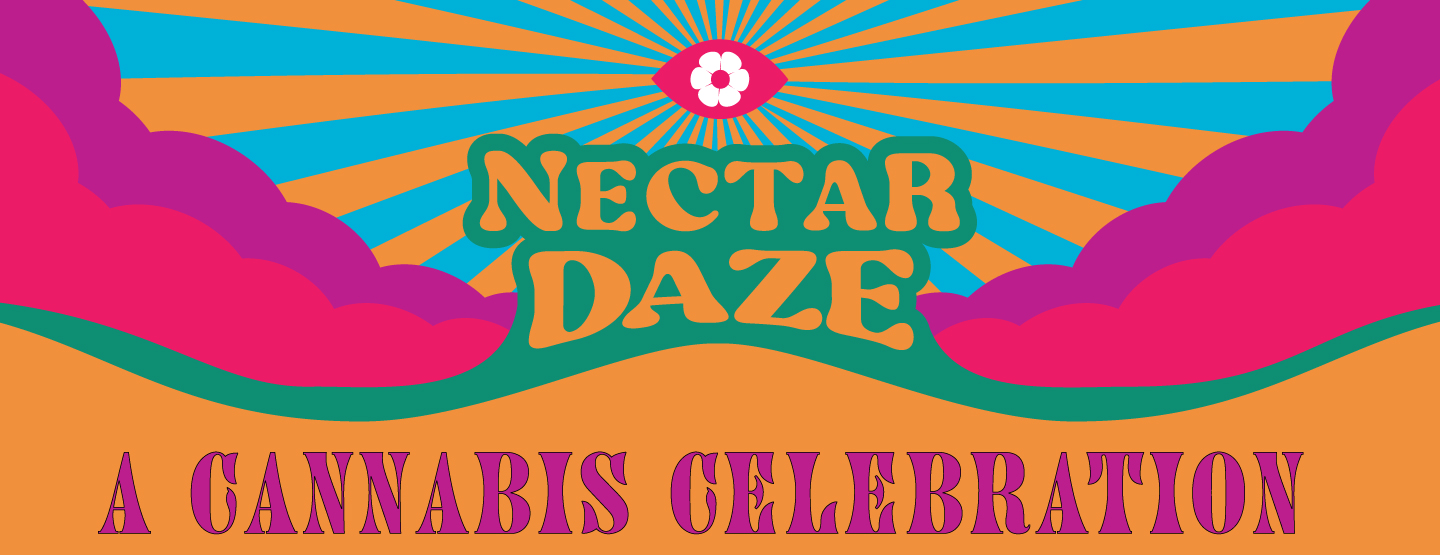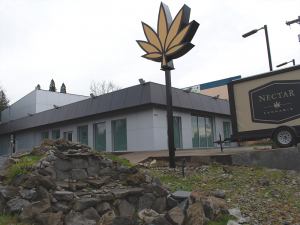

Google “untilled MOMA” to see Coté’s contribution to the Museum of Modern Art outdoor sculpture “Untilled,” where he was commissioned to figure out how to get bees to build their comb to make a living hive head on the sculpture.īut Coté is not just about beekeeping fun in the big city. He regularly assists NYPD in responding to complaints about poorly kept hives and other honeybee problems.

He has captured swarms on stoplights hanging over busy New York streets and from a high ledge at One Times Square-where the New Year’s Eve ball drop happens.
Nectar gresham full#
He also sells his honey in Union Square.Ĭoté’s recent book, Honey and Venom: Confessions of an Urban Beekeeper, is chock full of fascinating and outrageous stories about beekeeping in an urban environment. His curriculum vitae includes Fulbright Scholar, college professor, founder of NYC Beekeeper’s Association, and Executive Director of the nonprofit Bees Without Borders. Coté, a fourth-generation apiarist, is New York City’s premier beekeeper. Jukes notes that, amazingly, this ability is innate, as bees can both dance and interpret the movements even when raised in isolation.Īs beekeepers go, while Jukes is quiet and meditative, Andrew Coté (pictured) is like rock ‘n roll with the volume turned up. Researchers believe that factors such as body angle and dance duration communicate direction and distance to the source, while the energy of the dance communicates the sweetness of the nectar or presence of obstacles in the path. The “bee dance” where bees communicate information about a pollen or nectar source is one of the great mysteries of nature. A Honeybee Heart Has Five Openings is also buzzing with interesting factoids about bees and the history of beekeeping.

Documenting her first year of keeping bees in Oxford, England, Jukes talks through practical questions and considerations, from choosing a location and deciding what style of hive best suits that location, to obtaining a colony, to honey production and harvest.īut more than just a primer on beekeeping, Jukes muses about what it means to “keep” wild creatures and whether bees can actually be considered domesticated. If you are thinking about beginning to keep bees, Helen Jukes’ A Honeybee Heart Has Five Openings is a great introduction. While the first hints of spring arouse anticipation in gardeners about seedling starts and turning the soil, as a former beekeeper, springtime still turns my thoughts to bees and this year prompted me to read two delightful books on beekeeping back-to-back to start the year. A Honeybee Heart Has Five Openings by Helen Jukes and Honey and Venom: Confessions of an Urban Beekeeper by Andrew Coté


 0 kommentar(er)
0 kommentar(er)
